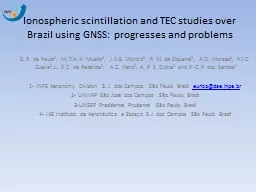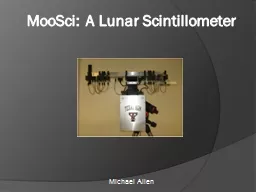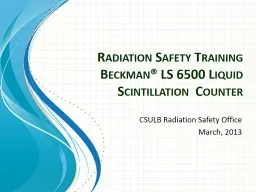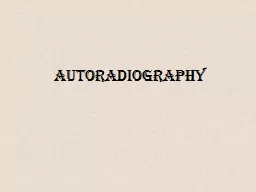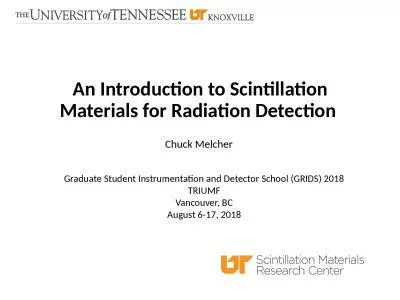PPT-SCINTILLATION COUNTER
Author : tatyana-admore | Published Date : 2016-12-16
PRINCIPLE W hen light radiations strike fluorescent material it produces flashes of light called scintillations These are detected with the help of photomultiplier
Presentation Embed Code
Download Presentation
Download Presentation The PPT/PDF document "SCINTILLATION COUNTER" is the property of its rightful owner. Permission is granted to download and print the materials on this website for personal, non-commercial use only, and to display it on your personal computer provided you do not modify the materials and that you retain all copyright notices contained in the materials. By downloading content from our website, you accept the terms of this agreement.
SCINTILLATION COUNTER: Transcript
Download Rules Of Document
"SCINTILLATION COUNTER"The content belongs to its owner. You may download and print it for personal use, without modification, and keep all copyright notices. By downloading, you agree to these terms.
Related Documents




